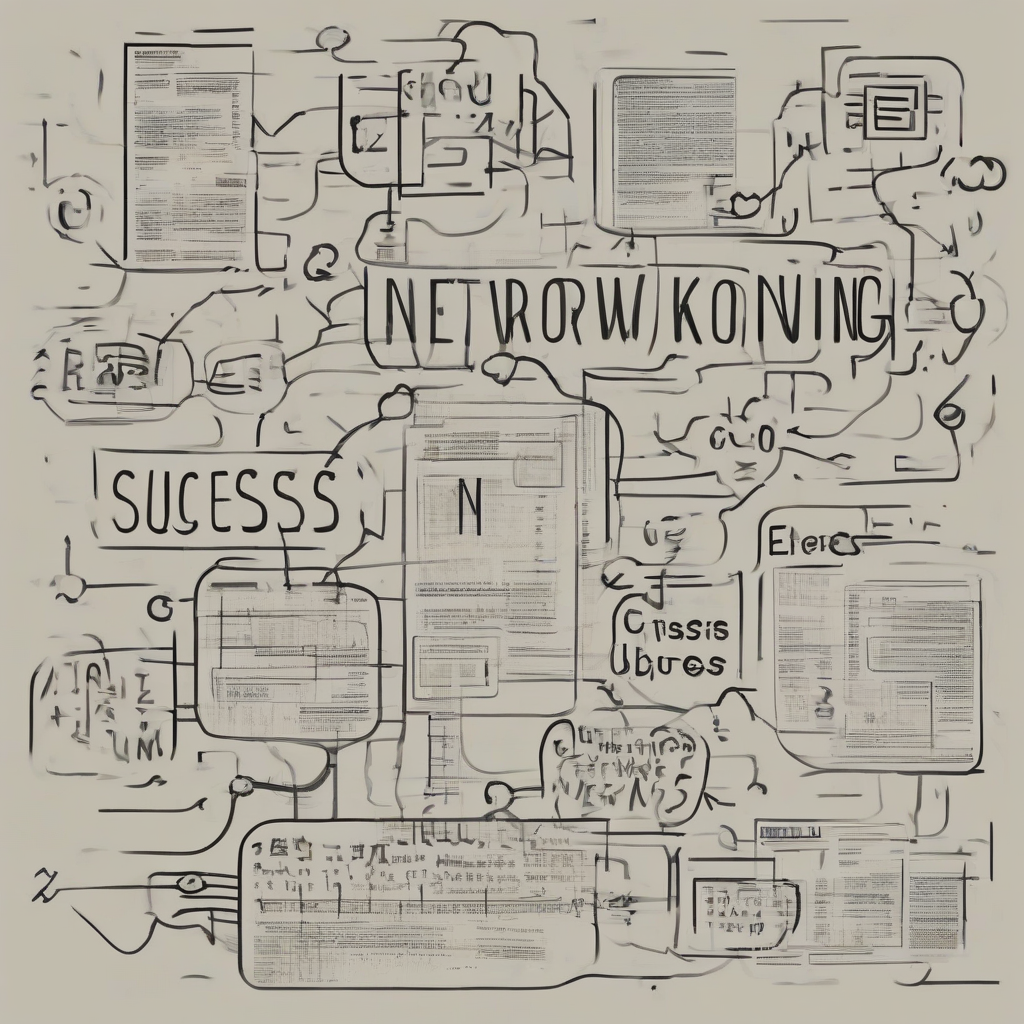Unlocking Potential: A Deep Dive into the World of Online Courses
The Rise of Online Learning: A Paradigm Shift in Education
The digital revolution has irrevocably transformed the landscape of education, ushering in an era of unprecedented accessibility and flexibility. Online courses, once a niche alternative, have now become a mainstream force, reshaping how we learn and acquire new skills. This shift is fueled by several factors, including the increasing affordability of internet access, the proliferation of sophisticated learning management systems (LMS), and the growing demand for lifelong learning in a rapidly evolving job market. This exploration delves into the multifaceted world of online courses, examining their advantages, disadvantages, diverse formats, and the future of this transformative learning modality.
Advantages of Online Courses: Flexibility, Accessibility, and More
- Flexibility and Convenience: Online courses offer unparalleled flexibility, allowing learners to study at their own pace, anytime, anywhere. This is particularly beneficial for individuals with busy schedules, geographical constraints, or other commitments that may hinder participation in traditional classroom settings.
- Accessibility and Inclusivity: Online learning dismantles geographical barriers, making education accessible to individuals in remote areas or underserved communities. It also caters to learners with disabilities, offering personalized learning experiences and assistive technologies.
- Affordability: Compared to traditional in-person courses, online courses often come with lower costs, eliminating expenses related to commuting, accommodation, and on-campus resources. Many free or low-cost options exist, opening doors for learners from diverse socioeconomic backgrounds.
- Self-Paced Learning: Learners can progress at their own speed, revisiting materials as needed and focusing on areas requiring more attention. This personalized approach fosters deeper understanding and retention.
- Variety of Course Formats: Online learning encompasses diverse formats, from self-paced video lectures to interactive simulations, collaborative projects, and live webinars, catering to various learning styles and preferences.
- Global Learning Community: Online courses connect learners from around the world, fostering cross-cultural exchange and collaboration. This diverse learning environment expands perspectives and promotes global citizenship.
Disadvantages of Online Courses: Challenges and Considerations
- Requires Self-Discipline and Motivation: Successful online learning necessitates a high degree of self-discipline and motivation. The lack of a structured classroom environment can be challenging for some learners who require external accountability.
- Technical Issues and Digital Literacy: Reliance on technology introduces potential challenges, including internet connectivity problems, software glitches, and the need for adequate digital literacy skills.
- Limited Face-to-Face Interaction: The absence of face-to-face interaction can limit opportunities for networking and collaboration, although many online courses incorporate features to mitigate this.
- Potential for Distractions: Learning at home or in other informal settings can lead to distractions, making it crucial to establish a dedicated learning environment.
- Credibility and Quality Variation: The quality of online courses can vary significantly. It’s essential to research and choose reputable providers to ensure the credibility of the learning experience.
- Assessment Challenges: Ensuring academic integrity and accurate assessment in online environments can be complex, requiring innovative approaches to prevent plagiarism and ensure fair evaluation.
Types of Online Courses: Exploring Diverse Formats
- Massive Open Online Courses (MOOCs): MOOCs are large-scale online courses offered by universities and other institutions, often available for free or at a low cost. They typically feature video lectures, quizzes, and assignments.
- Self-Paced Online Courses: These courses allow learners to progress through the material at their own pace, accessing resources and completing assignments according to their schedule.
- Live Online Courses: These courses involve real-time interaction with instructors and fellow students, often using video conferencing and collaborative tools.
- Bootcamps: Intensive, short-term programs focusing on specific skills, often in high-demand fields like coding or data science.
- Corporate Training Programs: Many companies offer online training programs to upskill their employees or onboard new hires.
- Hybrid Courses: These courses combine online and in-person learning components, offering a blend of flexibility and direct interaction.
Choosing the Right Online Course: A Guide for Learners
Selecting the appropriate online course involves careful consideration of various factors. Learners should assess their learning style, goals, and available resources. Researching course providers, reviewing course content, checking for accreditation, and considering the level of interaction are all crucial steps in making an informed decision.
- Define your learning goals: What specific skills or knowledge do you hope to gain?
- Assess your learning style: Do you prefer self-paced or live instruction?
- Research course providers: Check reviews, accreditation, and reputation.
- Examine the course content: Ensure the curriculum aligns with your goals.
- Consider the level of interaction: Do you prefer a highly interactive experience, or a more independent approach?
- Evaluate the assessment methods: Understand how your progress will be evaluated.
- Check for accessibility features: Ensure the course caters to your needs.
The Future of Online Courses: Emerging Trends and Innovations
The landscape of online learning is continuously evolving, with several emerging trends shaping its future. These include personalized learning experiences powered by artificial intelligence, the increased use of virtual reality and augmented reality for immersive learning, and the growing integration of gamification to enhance engagement and motivation.
- Artificial Intelligence (AI)-powered personalization: AI algorithms will tailor learning pathways to individual needs and learning styles.
- Virtual and Augmented Reality (VR/AR): Immersive technologies will create engaging and interactive learning environments.
- Gamification and microlearning: Incorporating game mechanics and short, focused learning modules will enhance engagement and knowledge retention.
- Blockchain technology for certification: Blockchain will provide secure and verifiable credentials for online learning achievements.
- Increased emphasis on skills-based learning: Online courses will focus increasingly on practical skills development relevant to the job market.
- Greater integration of social learning: Online learning platforms will facilitate greater collaboration and networking among learners.
Conclusion (Omitted as per instructions)




